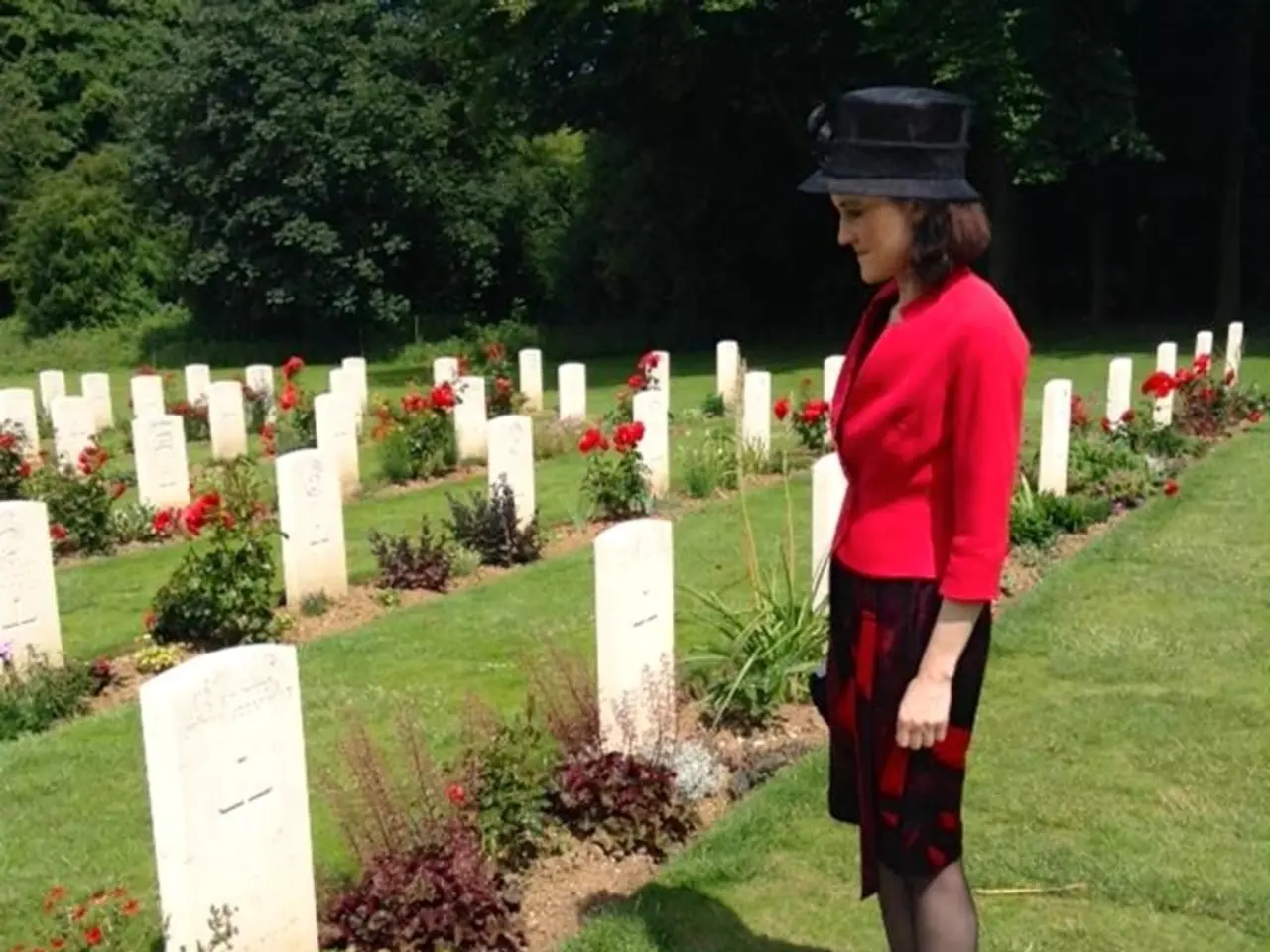The rising popularity of lengthy films is causing concern over the potency of narrative power
=====================================================================================
Long-form cinema, films that span two to three hours or more, offers a unique experience for audiences, immersing them in captivating narratives and richly detailed worlds. While it has distinct advantages, it also presents challenges that filmmakers must navigate carefully.
The Advantages of Long-Form Cinema
One of the key advantages of long-form cinema is its ability to deliver a deeply immersive narrative experience. The extended runtime allows filmmakers to evoke strong emotional responses through a combination of images, sound, and music, creating an unparalleled sensory and emotional journey for viewers.
Moreover, the uninterrupted engagement afforded by long-form cinema allows for the development of complex plots, subplots, and character arcs, enhancing emotional and narrative depth. Viewers are encouraged to give their full attention to the film, often in a distraction-minimized environment like a theatre or a quiet home setting, fostering a stronger connection to the story.
Long-form cinema also excels in world-building. The extended duration allows filmmakers to build expansive, detailed worlds with rich visual and thematic elements. Techniques such as long takes, expressive camera movements, and thoughtful composition help convey mood and create an immersive sense of place, inviting the audience to explore and mentally roam the film’s visual field.
The Disadvantages of Long-Form Cinema
Despite its advantages, long-form cinema is not without its pitfalls. The longer runtime can sometimes lead to pacing issues or narrative bloat if not carefully managed. Extended stories may contain filler scenes that dilute the core themes or emotional intensity, potentially reducing overall impact.
Another challenge is maintaining audience engagement for prolonged periods. Not all viewers can sustain focused attention for hours at a time, especially in environments prone to distraction. The expectation to be mentally "locked in" for hours at a time may be taxing, and some audiences may experience fatigue or distraction, compromising immersion.
Lastly, while detailed settings can enrich the story, excessive world-building risks overwhelming or confusing the audience if too much information is presented without clear narrative necessity. The challenge is balancing detail with narrative momentum so the world supports rather than detracts from the story.
Crafting Engaging Long-Form Cinema
To maintain audience engagement in lengthy films, filmmakers can employ several strategies. Structured pacing is crucial, ensuring that scenes are not too long or too short, and that the narrative moves at a steady pace. Longer films offer the opportunity for richer character development, with time to explore intricate character arcs that evolve and intersect in meaningful ways.
Judicious use of subplots can also enrich the main narrative without distracting from it. Thematic coherence ensures that every scene contributes to the overall message or mood of the film, keeping the audience engaged and invested.
When executed well, additional minutes in a film can transform a good movie into a masterpiece. Visual storytelling, such as compelling imagery and symbolic elements, can convey complex ideas quickly, enhancing the emotional impact of the narrative. Longer films can help the audience form stronger emotional connections with characters and events, leading to a more profound and immersive experience.
Intricate storylines can unfold naturally in longer films, allowing for a more satisfying payoff. When filmmakers navigate the challenges of long-form cinema skillfully, they can create stories that resonate on a profound level, offering audiences an unforgettable cinematic experience.
- Cinema beyond the typical two-hour mark, often referred to as long-form cinema, provides filmmakers the opportunity to construct compelling narratives and intricate worlds that captivate audiences.
- The extended runtime in long-form cinema enables directors to skillfully combine images, sound, and music, creating an unparalleled emotional journey for viewers.
- Critics often praise long-form cinema for its ability to develop complex storylines with depth, encouraging audiences to delve deeper into the film's themes and characters.
- Studio executives recognize the potential of long-form cinema in animation, where more time allows for richer visual and thematic elements, contributing to a more immersive moviegoing experience.
- However, filmmakers must be mindful of pacing issues, as extended runtimes could lead to unengaging filler scenes that detract from the film's core themes.
- A balance between detail and narrative momentum in long-form cinema is crucial to keep audiences engaged and investing emotionally in the film, ultimately elevating it from a simple movie to a memorable masterpiece in the world of entertainment.







